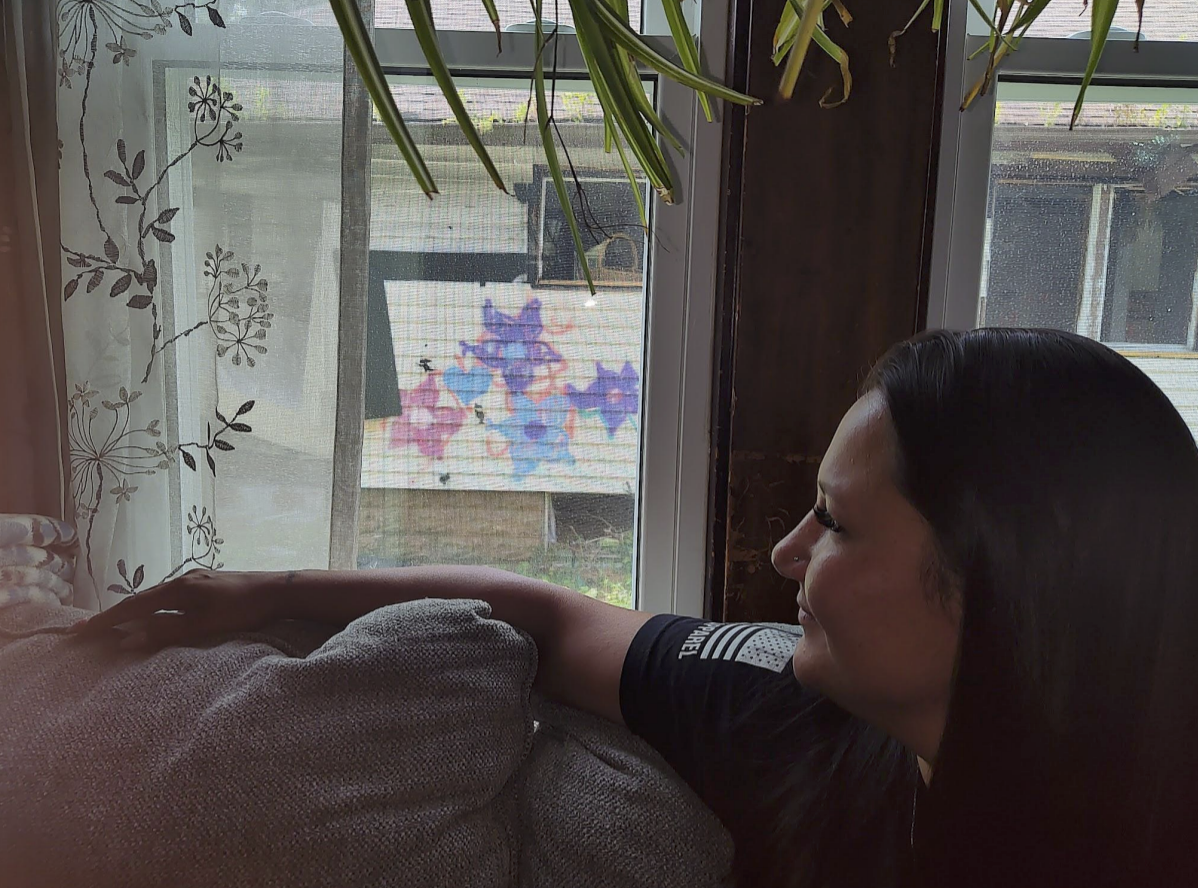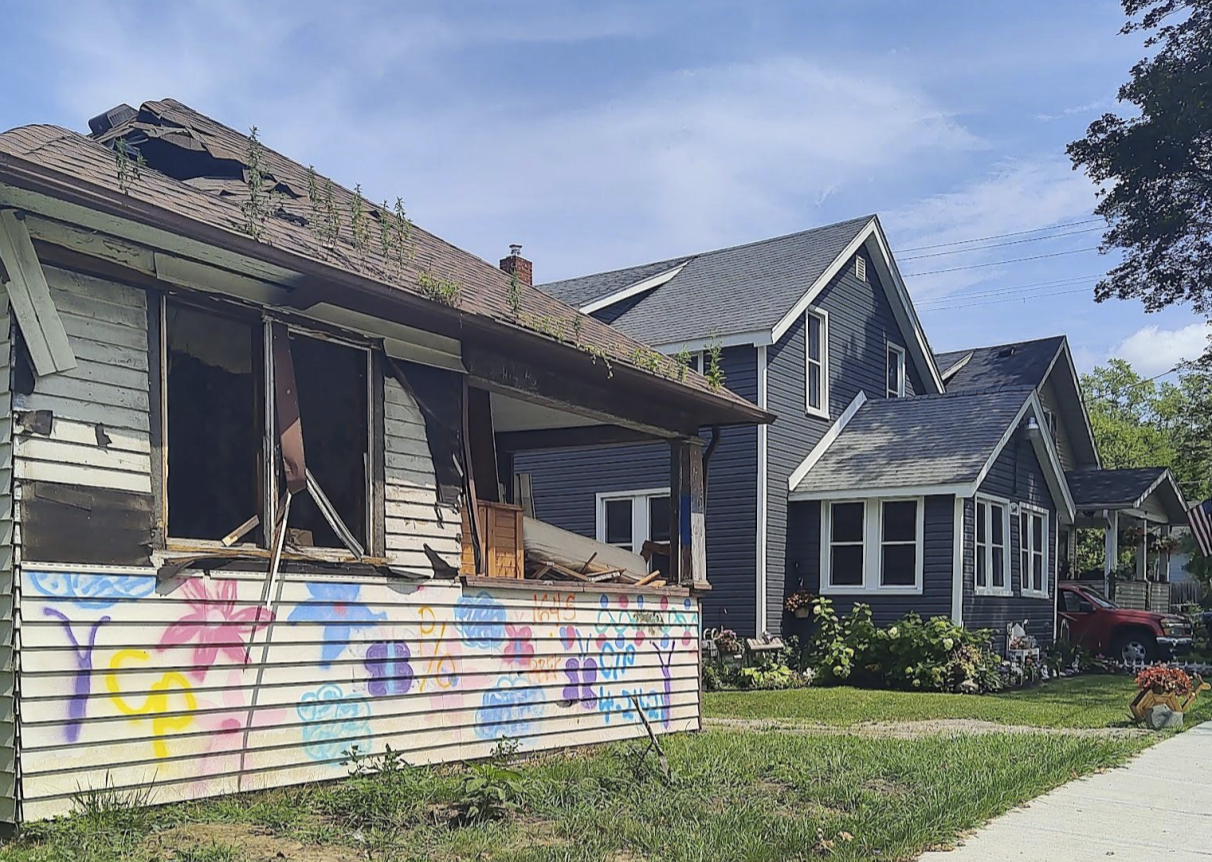Elimination of blighted properties improves neighborhoods, but also the health of residents
For years, a Flint family dealt with a blighted house next door to their home. Its removal this summer was a relief.
FLINT, Michigan — Samantha Garcia wanted something simple: to be able to look out her window and not star at a vacant home.
Last year, the Charles Stewart Mott Foundation allowed residents to vote on how they would distribute $1 million funding for Flint neighborhoods. Residents overwhelmingly supported blight elimination efforts, and when 1645 Belle Avenue on Flint’s eastside was one of the homes slated to come down with part of that funding, she was overjoyed.
“I cried, I cried,” Garcia said of her bittersweet response to finally seeing the home on a list for demolition are many years of effort on her part fighting for it. “There’s a lot of history with that home, and the reason for us wanting it gone was my grandpa, who has now passed.”
Samantha and her family have made the best out of the situation next door. They have lived next door to a vacant home since moving to the eastside 12 years ago.
“To have to look out the walls every day and see what we’ve seen, it’s sad,” she said. “It really became important to us because my grandfather was confined to the home. All he had to look at was this house next door. I’ve reached out to a lot of people to make my voice heard for him.”
She began advocating for sidewalk repairs, tree removal, filled dumpsters and stopped dumping on the property when her grandfather became confined to his home for medical reasons. She wanted him to have a nicer view than a home that was falling apart. It’s now five years later and the home is finally going to be removed. She feels empowered because all they could do the past few years was maintain the property, now they will be able to see their neighborhood, keep it maintained, and create a safer space for their family.
The demolition process happened in late August. Even though there is still work to be done, she plans on buying the lot and cleaning it up.
“It happened so quick. It was there one day and gone the next. It feels surreal. I’m not sure it has hit me that it is gone for good,” she said. “There is a great change when you watch something happen with no control and finally have the opportunity to change it. People don’t always talk about the impact of seeing a broken, falling apart home day after day.”
She says that this will have a major impact on how she feels about her home and community.
“It’s going to be amazing for my kids to have a safe, open space next door,” Garcia said. “I don’t let them near there right now because of the fear of them getting hurt. We want to buy the lot, put a garden in, and just make it look kept up like our home does. It’s been so discouraging to take care of my home and see the blight right outside my window. It makes it hard to keep doing it, even though we have.”
She hopes that her experience will encourage funders to continue tearing down homes next door to homes that have people living next door.
“I was so happy but I also feel bad. I’ve known so many other people who are also going through the same thing,” she said. “They have a property next door that is dangerous. They have been working on making their neighborhoods look better and the house next to me received funding. I would encourage the city to keep focusing on vacant houses next door to families and trying to find funding so more families can feel like we have — relieved, happy, safer, and hopeful.”








